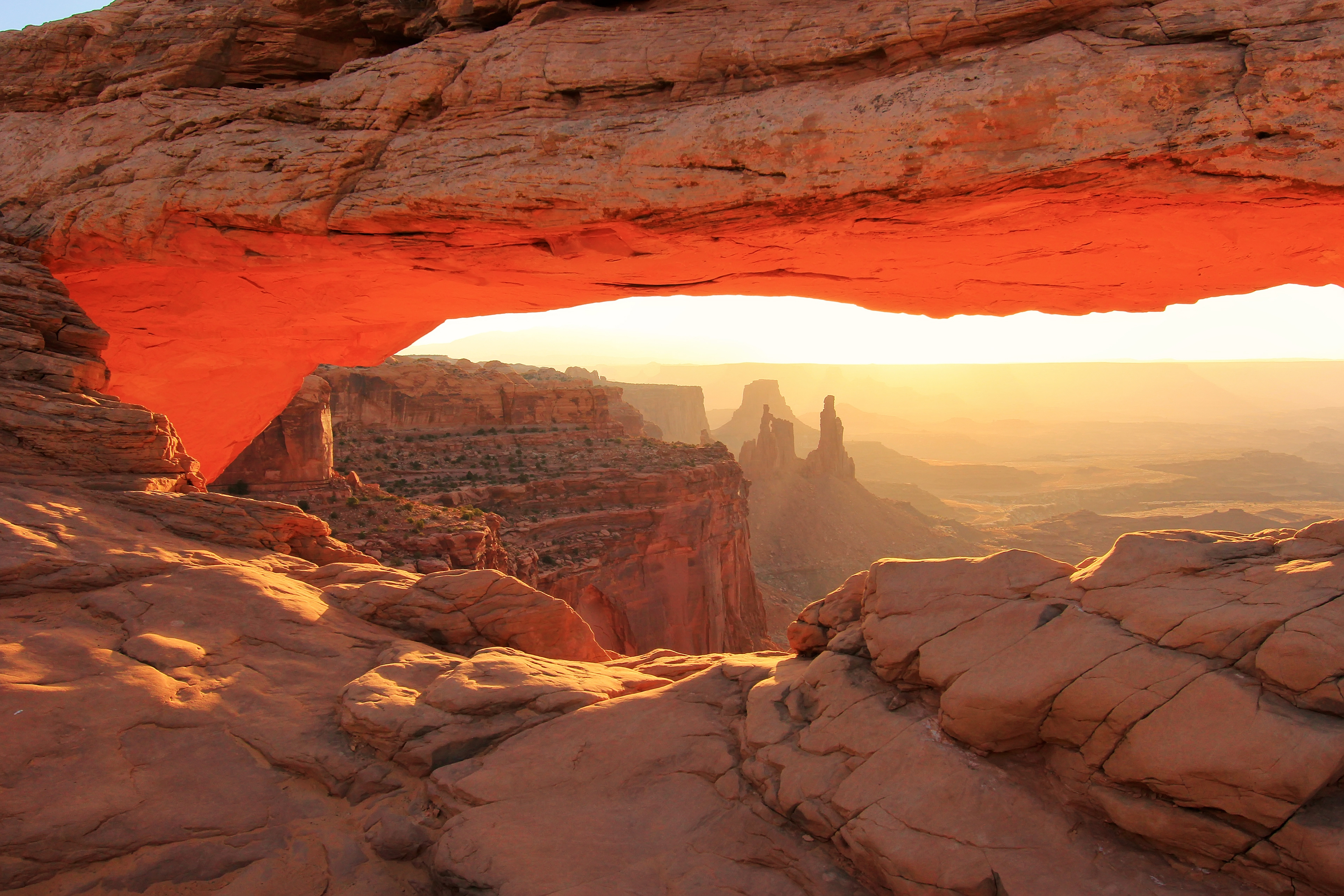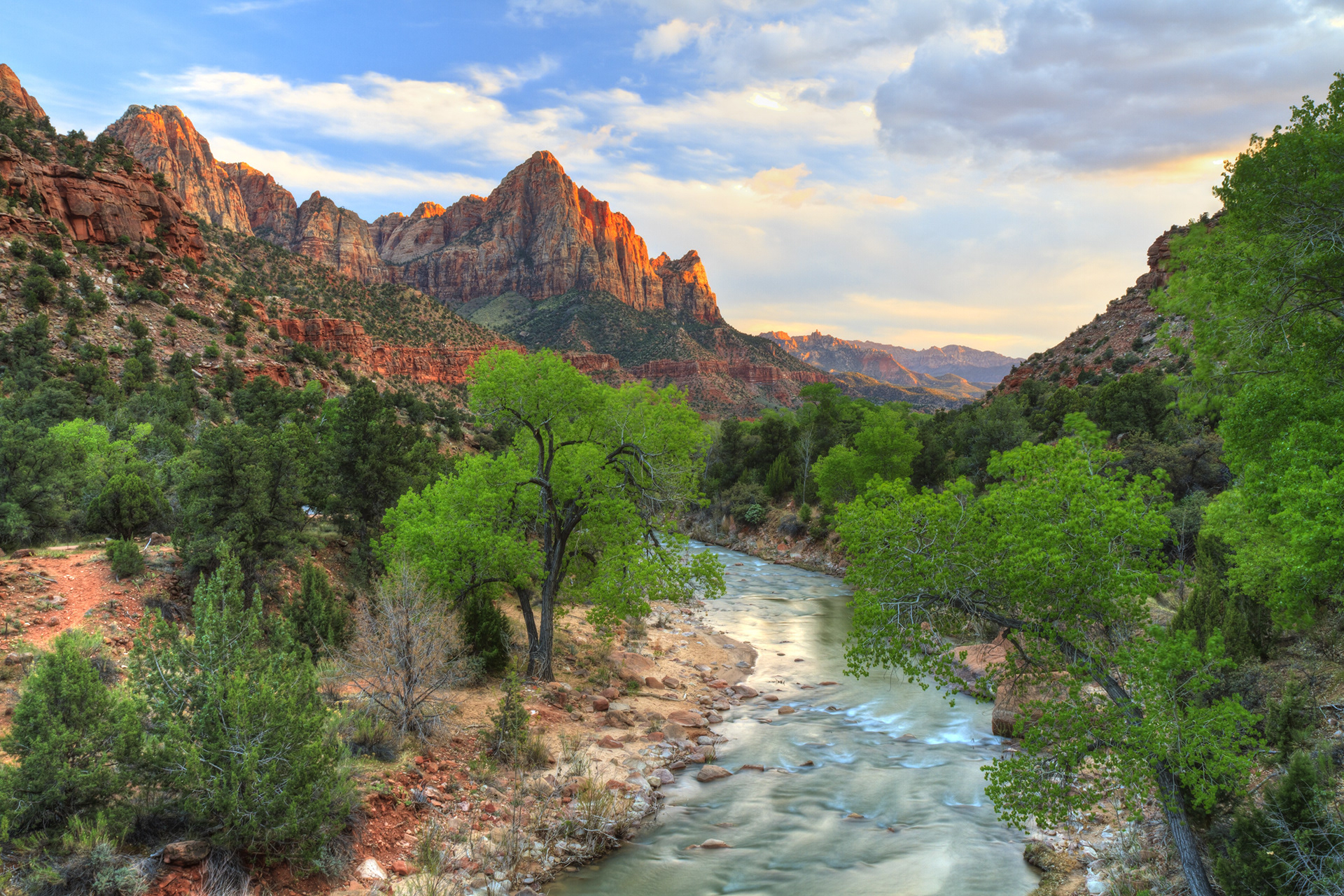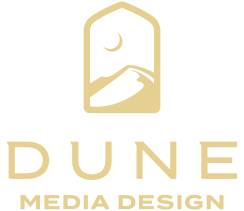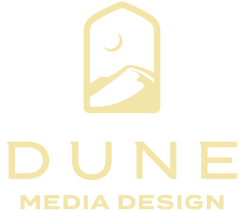Dune Media Design
Dune Media is Aaron DeCarlo. Welcome and thank you for taking the time to visit my collection of design projects. While much of my early career was spent developing paint schemes for various race teams, I eventually branched out to focus on a much broader range of projects including print collateral, digital media and advertising.
I've dabbled in video production, HTML, CSS, UI and UX, but my passion and strengths lie in typography, layout and creative development. I believe it's important to understand where a person fits in best so they can focus on becoming great at a few things rather than being mediocre at several.
Trust my experience and sharp eye for detail when considering a re-branding of your company to reflect your current culture or aid you in launching a new venture with a complete corporate identity. Contact Dune Media Design to discuss your graphic design project and let's turn some heads.



A History of Motorsport Design in my own Experience
People often ask me how I got started in this industry and the truth is that it was a little bit of luck, timing, and fate. To understand where I am today, we must go back to the beginning and explain the process in detail. I happened to enter the industry at a time when motorsports (NASCAR in particular) was growing at an intense pace attracting legions of new fans. Collecting sports memorabilia is a way for fans to show support for their team, driver or sponsor and die-cast replicas cars is one such collectible and where this story begins.
Development Process
The production timeline for producing a replica die-cast car takes several weeks and often 2-3 months. To replicate an actual stock car, say the No. 24 DuPont Chevy Impala SS driven by Jeff Gordon, the first step is creating an accurate template of the make and model - typically 1:24th scale. Next — procure quality photos showing various car angles that a production artist can study and reference as they digitally recreate each graphic, stripe, pattern and sponsor "sticker-for-sticker" using a vector drawing program like CorelDRAW or Adobe Illustrator.
Paint codes were obtained from the race team or sponsor ensuring that the same finish was used on the finished diecast. Completed technical drawings were sent to an overseas factory to begin producing prototypes which were shipped back to the teams and/or sponsors for approval. After some back and forth edits and weeks of modified samples the factory receives the green light to begin mass production a 1:24th scale replica race car.
Early Illustrations
Since prototypes could not be advertised and the replica cars didn't yet exist the company had to rely on advertising using banal two-dimensional technical drawings. The images in the catalogs would be swapped out months later after a proper sample arrived and the completed die-cast car could be professionally photographed. A couple of illustrators began experimenting with Photoshop to enhance the technical drawings adding realistic highlights, shading, drop shadows and photographic details.
Suddenly, the cars looked more alive, enticing and exciting. Now a fan could see a metallic silver body instead of a shade of flat gray that was meant to represent silver. Paint looked more accurate and akin to the actual race car and the illustrations could be updated in real time as the samples went through the production process. There was no need to wait for months until a completed sample was shipped to the U.S. Catalogs, print ads and websites could now advertise a replica stock car before it was produced.
Improving the Process
This is how I got involved. In 1998, I was hired by the largest motorsports die-cast collectibles company to assist with the growing demand of illustrating these replica race cars. There were 6-8 production artists cranking out technical drawings to produce replica die-cast race cars for every top driver with which they held a license agreement. By contrast, there was only one illustrator creating realistic representations of those technical drawings, so I was hired (with very little knowledge of motorsports) to alleviate some of the workload.
The illustrations were in their infancy and nowhere close to the realistic aspects of an actual photograph. Picture an amusement park t-shirt with a '69 Mustang airbrushed in a cartoon-like forced perspective angle and you can imagine how the early illustrations looked. Each year, improvements to Photoshop's application carried over to the illustrations until it was virtually impossible to discern between photographed die-cast replicas and illustrations. Within a year this became my full-time responsibility and the production illustration task collided with an up and coming concept in motorsports — the dawn of the "special paint scheme".
Special Paint Schemes
Up until 1991, special paint schemes were uncommon and a team would run the same design for an entire season. This concept began when five drivers drove special paint schemes to promote the U.S. Armed Forces serving during Operation Desert Storm. Larger race events like Daytona and Talladega were used to introduce special paint schemes and by 1997 they were becoming quite popular. This was a way to promote new products and attract more attention from fans and it translated into more merchandising opportunities.
Instead of being restricted to selling just one diecast collectible per season, fans and collectors could now purchase as many new paint schemes as the team and sponsor would offer. And the offerings grew and grew. Eventually, the term "special" held little meaning because the floodgates opened and car liveries were changing almost weekly. This trend has tapered off over the years and while special paint schemes are still very common, there are fewer now than in the past.
Art Directing
As the popularity of special paint schemes grew there was an equal proportionate demand for artists to produce those designs. We hired and trained artist to illustrate the standard or core paint schemes and I focused my talents on developing specials. I produced one paint scheme in 1998 for Terry Labonte - The "Iron Man". A year later I had created over 20 and then over 40 the following year. Between 1998 until present day I've created over 1,000 conceptual paint schemes.
I've developed over 200+ NASCAR stock car & truck paint schemes for a variety of drivers, teams and sponsors within the Sprint Cup Series, Nationwide Series and Camping World Series. I have also designed over 100 NHRA Drag Racing livery designs covering Pro Stock Cars, Funny Cars, Dragsters and Pro Stock Motorcycles. In addition to NASCAR and NHRA I've also had the opportunity to develop liveries for CART, IRL, World of Outlaws, Grand Am and other lesser known motorsports organizations.
Messaging
Racing is a spectator sport that most can appreciate because we've all drive vehicles, so we have some affinity for acceleration, passing and breaking. You don't need climb behind the wheel of a race car to understand the feeling of speed and competition. Primary Sprint Cup stock car sponsors pay between $10-35 million per year to run competitively so while paint schemes may seem trivial and secondary to the driver and team, they are every bit as important to the overall success. The paint scheme needs to convey the sponsors brand in a way that is striking and memorable.
With limited space and moving at high speed it is of paramount importance that messaging is legible, clear and concise. Branding needs to be focused and recognizable immediately. With high costs and high risk this advertising medium targets a specific demographic. Sponsors cannot afford to tarnish their brands and detract from their core message by putting a design on the track that does not comply with their branding efforts or fulfill their advertising needs. My job is developing solutions to keep their branding initiatives intact while offering a unique kinetic paint scheme that effectively delivers their message.

